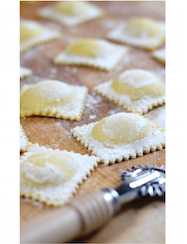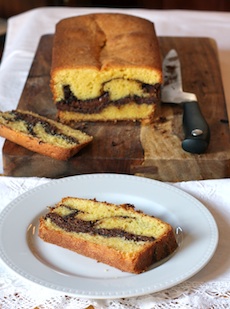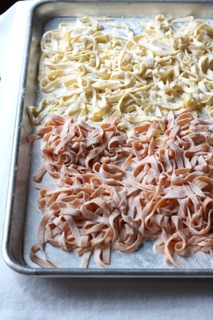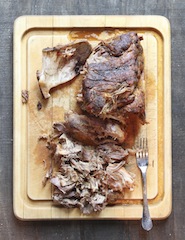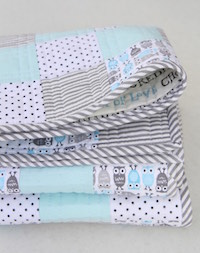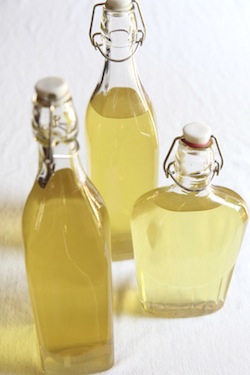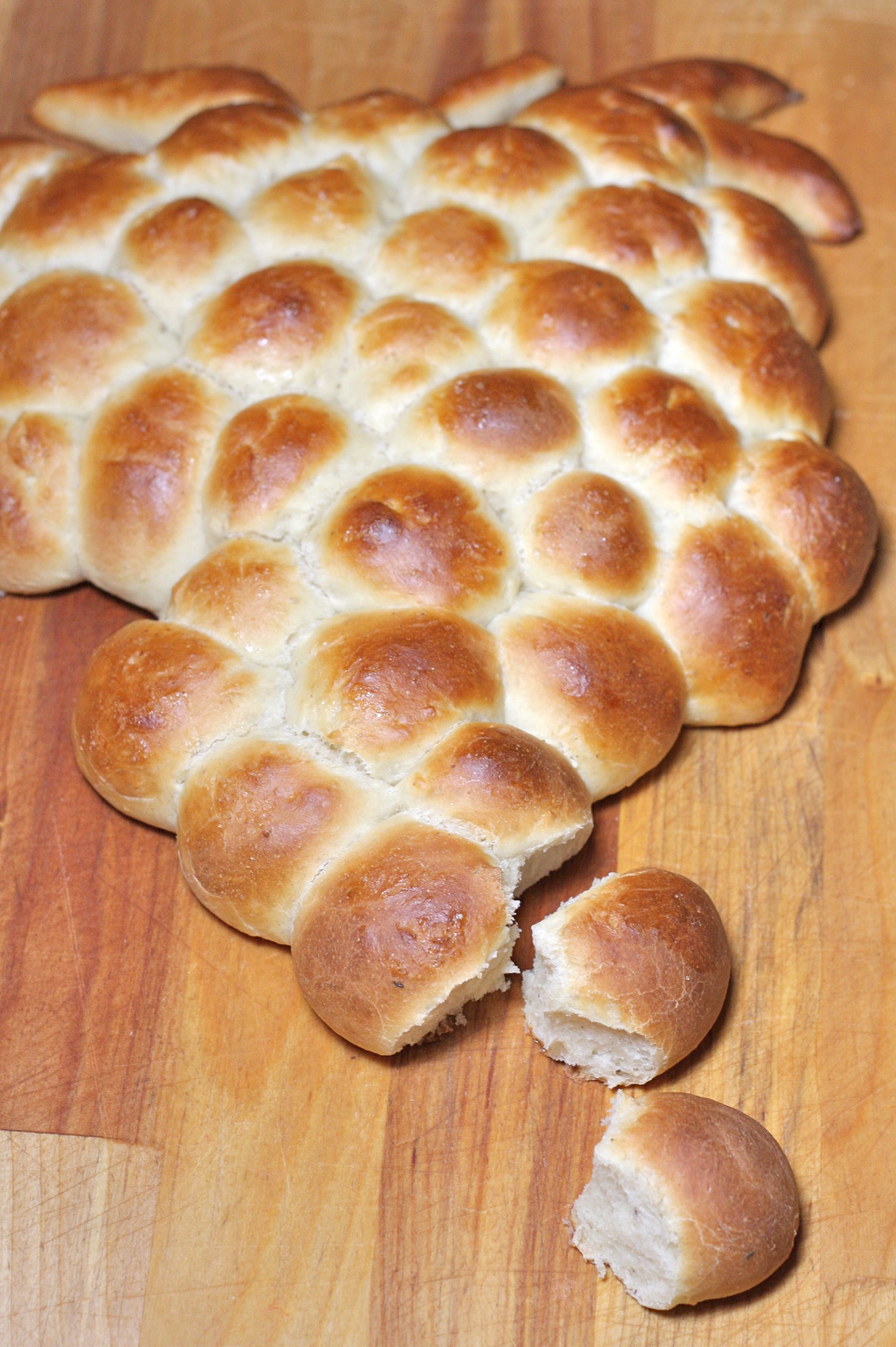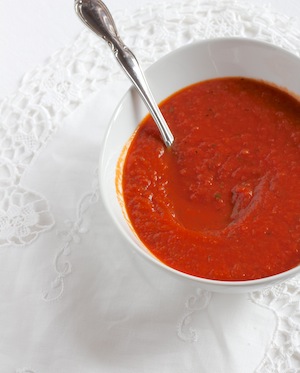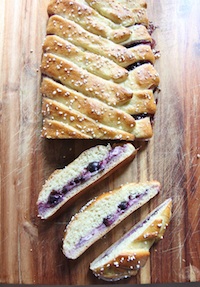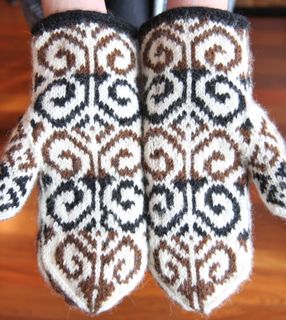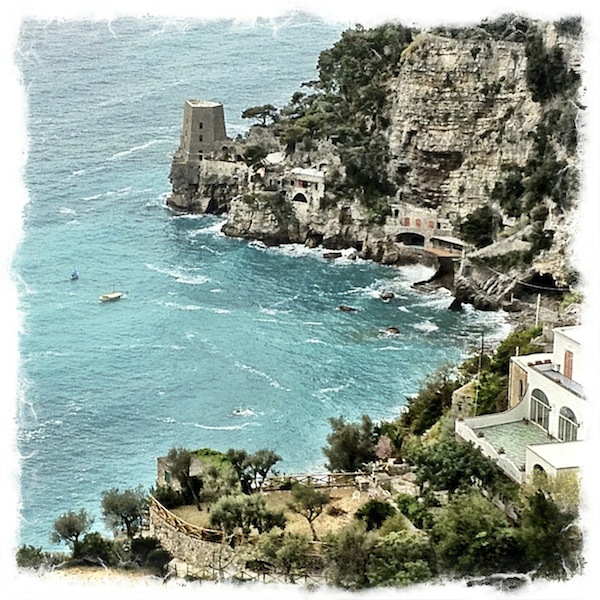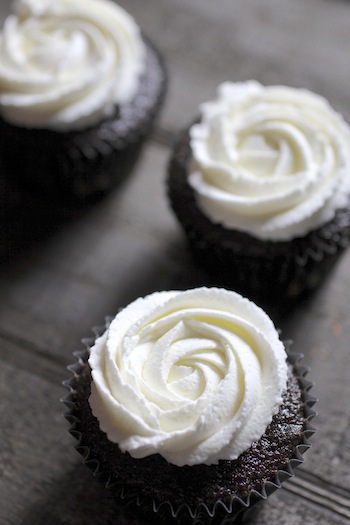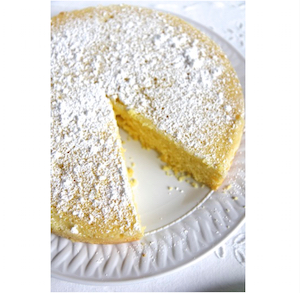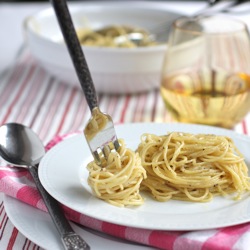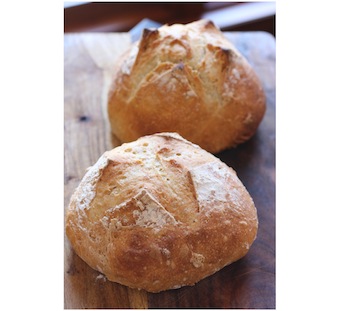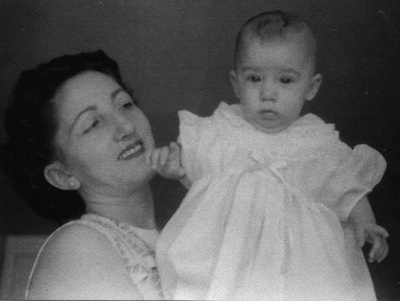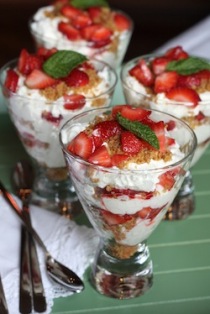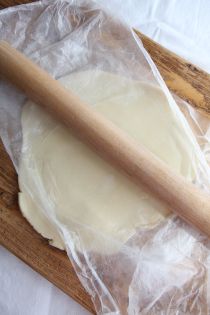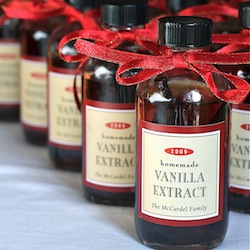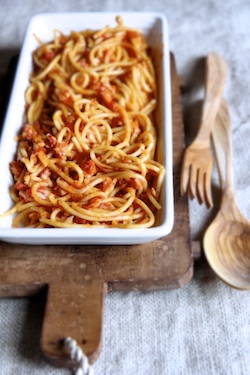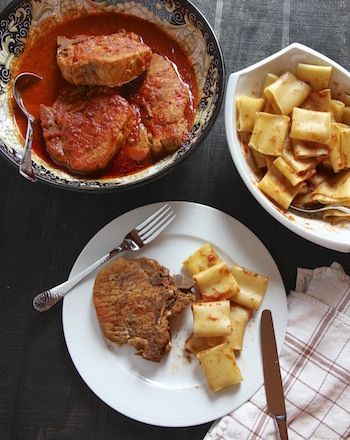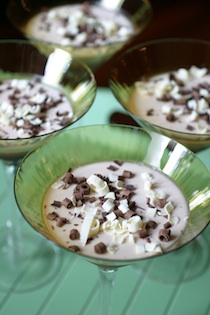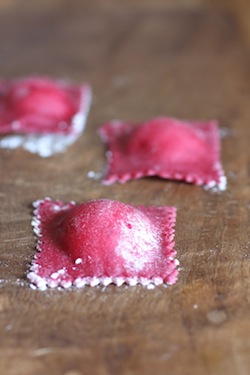Cooking on a Himalayan Salt Plate
 September 4, 2010
September 4, 2010 
How would you like a piece of cookware that is 300 million years old? These Himalayan Salt Plates are cut from ancient salt deposits and are considered the purest form of salt. They are becoming very popular right now to cook on and for good reason - they impart a rich flavor to anything you cook on them and not just a salty flavor. The plates contain mineral deposits that add a richness that you can't get with just salt.
There are a few ways you can use your salt plates. You can either cook on them, chill them, or serve foods on them at room temperature. I have done all three and I suggest that if you find you like doing that, buy two salt plates - one to keep "pretty" for serving cold foods and one on which to cook. Cooking on a salt plate will eventually change the appearance of the plate and discolor it, so having one that is reserved just for serving is kind of nice.
 Cooking asparagus, thinly sliced beef and snap peas
Cooking asparagus, thinly sliced beef and snap peas
On a trip to Oregon last year, I stopped by The Meadow and picked up a salt plate from Mark Bitterman. I love that store. He has an enormous, beautiful selection of salt plates and probably knows more about salt than just about anyone. In fact, he's coming out this year with a new book called "Salted". You can buy salt plates from many sources now, including Sur la Table and Dean and DeLuca. Everyone is selling them, it seems. But The Meadow is the only place I know of that categorizes their salt plates into two groups - Cookware Grade and Tableware Grade. I think that's important.
 Salt Plates at The Meadow in Portland, Oregon
Salt Plates at The Meadow in Portland, Oregon
I have cooked several things on my salt plate and the possibilities are endless. You can cook vegetables, seafood, thinly sliced meat and even eggs on them. You can serve cheeses, cold mozzarella slices or fruit on them. You can chill your slab and even serve ice cream. The Meadow sells a little salt bowl that you can heat up and serve chocolate fondue out of. If your salt plate eventually breaks, you can save the pieces and salt your food by grating the salt pieces on a microplane.

Mozarella slices with a little olive oil and basil leaves
When preparing food for cooking on the salt plate, don't even season it. I sliced beef thinly and cooked it without any seasoning except pepper and I couldn't believe the richness of flavor it had. I was prepared to sprinkle a little soy sauce or something on it, but it did not need a thing.
Remember that the more moist the food is, the more salty the food will become. Mozzarella slices served on my salt plate were much more salty than the shrimp or asparagus I cooked on it.

You can heat your salt plate on your stove or grill. The Meadow recommends not heating it in the oven, although most other sources say you can. I personally take Mark Bitterman's advice and only heat mine on my stovetop or grill. To heat on the stove, just place right on your gas burner (for an electric stove, you will need something that will prevent it from laying directly on the burner, like a wok ring) and heat on low heat for 15 minutes and then increase the heat to medium-low for another 15 minutes. The salt plate can get extremely hot - they withstand temperatures up to 700 degrees! Lay the food directly on the salt plate.
When we went to Chicago last year, one of my boys ordered an appetizer that was meant to be cooked at the table on a hot rock. My son had a lot of fun with that - cooking his thinly sliced beef right at the table on this very hot rock. You can use your salt plate that way, also. They retain their heat for a good 20 minutes, enough to cook on, and stay warm for quite a while.
To clean, let the salt plate cool completely. Brush off any food residue and then rinse under warm water, scrub off any remaining food residue and rinse briefly again. Do not use soap on your salt plate - the salt plates are naturally anti-microbial. Allow to completely dry before using again. The plates should last for many uses.
Have fun!


